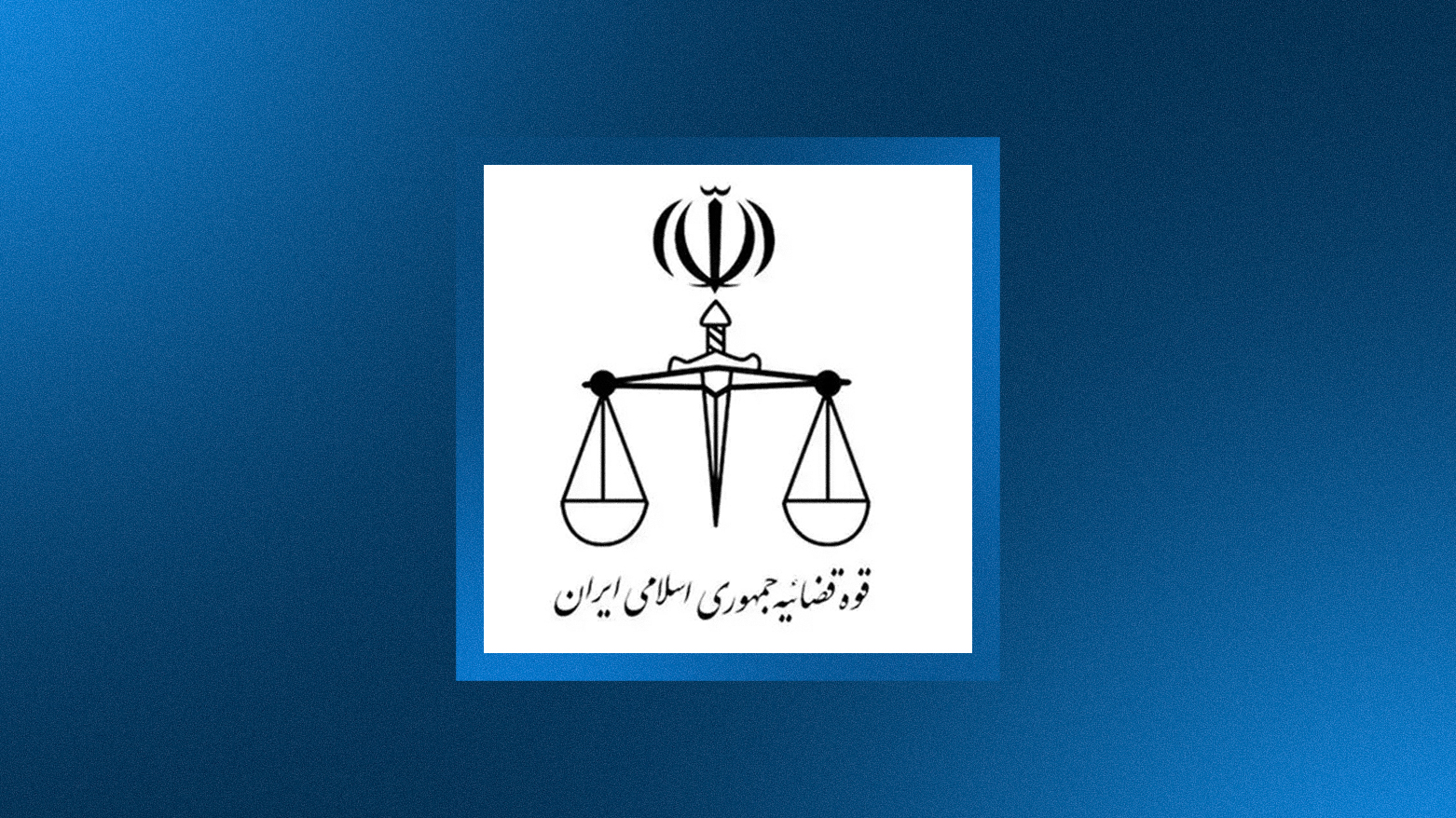Iran Executes Two Alleged MEK Members for 'Armed Rebellion'
Iran executed two men it identified as MEK members for "waging war against God" and "armed rebellion," its judiciary news agency reported. The MEK is a controversial exiled opposition group with a history of militancy and a former base in Iraq.

ERBIL (Kurdistan24) – Iran has executed two men accused of being operational members of the Mojahedin-e Khalq (MEK) opposition group, charging them with "armed rebellion" and "waging war against God" for allegedly building and using mortars to attack civilian and state targets, the country's official judiciary news agency reported on Friday.
According to a dispatch from the Mizan Online News Agency, Mehdi Hassani and Behrouz Ehsani Eslamlo were executed by hanging on the morning of July 26 after their death sentences were confirmed by Iran's Supreme Court.
The judiciary's news agency stated that the two men were "operational-terrorist elements" of the MEK who were "engaged in building launchers and hand-held mortars." With these "indiscriminate projectiles," Mizan reported, they "caused damage and casualties to citizens, homes, service and administrative facilities, and educational and charitable centers."
The report detailed the background of the two men according to the case file. It stated that Mehdi Hassani had joined the MEK "several years ago" and was in contact with the group's liaisons. Behrouz Ehsani Eslamlo was described as a member since the 1980s who had rejoined the group after being released from a previous prison term.
According to Mizan, the men established a "team house" in Tehran to build their weapons and "carried out propaganda and disruptive activities in support of the MEK." Other actions listed in the report included the destruction of public property and sending filmed footage of their activities to MEK-affiliated networks.
The report noted that Eslamlo was arrested by agents of the Ministry of Intelligence, referred to as the "unknown soldiers of the Hidden Imam," while attempting to cross the land border into Türkiye. Authorities reportedly seized a firearm, ammunition, and mortar-making equipment from the defendants following their arrest.
The Mizan report outlined the legal process, stating that an indictment was issued on charges including baghy (armed rebellion against the Islamic government), membership in the MEK with the aim of undermining national security, and moharebeh (waging war against God).
Following a trial where the defendants and their lawyers were present, a Tehran court sentenced both men to death on the charge of baghy. The verdict was appealed and subsequently upheld by the Supreme Court, which also rejected a request for a retrial, Mizan reported.
Background on The Mojahedin-e-Khalq (MEK)
The executions highlight the long and violent conflict between the Iranian government and the MEK, a group with a deeply complex and controversial history. According to the U.S.-based Council on Foreign Relations (CFR), the Mojahedin-e-Khalq, or People’s Mojahedin of Iran, is a resistance group that has been both an ally and an enemy to various powers in the region.
Founded in 1965 by leftist Iranian students opposed to the Western-backed Shah, the MEK initially blended Marxism and Islamism. The group participated in the 1979 revolution that overthrew the Shah, but its popular support and distinct ideology put it at odds with the new clerical regime under Ayatollah Khomeini. A violent crackdown by the new government led to the arrest and execution of thousands of MEK members, who retaliated by assassinating senior officials, as reported by CFR. This conflict drove the group's leadership into exile in France in 1981.
In 1986, the MEK moved its base of operations to Iraq, where, according to CFR, it was welcomed by Saddam Hussein. The group supported Saddam’s war against Iran and was armed with heavy military equipment. This period remains a point of intense controversy; CFR notes that the MEK reportedly helped Saddam's regime quash the 1991 Kurdish and Shia uprisings, an accusation the MEK has consistently denied. For decades, the Iranian government has blamed the MEK for thousands of deaths inside Iran.
The United States designated the MEK a Foreign Terrorist Organization (FTO) in 1997, citing the alleged killing of U.S. personnel in Iran during the 1970s and its ties to Saddam. The MEK denies involvement in the deaths of Americans, attributing them to a breakaway faction. After the 2003 U.S. invasion of Iraq, MEK fighters were disarmed and confined to Camp Ashraf, and later Camp Liberty.
Recognizing the group’s stated rejection of violence, the U.S. State Department delisted the MEK as an FTO in 2012. However, CFR notes the U.S. continues to voice concerns about allegations of abuse and cult-like practices within the organization, which is led by Massoud and Maryam Rajavi. The group operates a sophisticated international lobbying network and has garnered support from numerous high-profile Western political figures who view it as a viable counterweight to the government in Tehran. Critics, including the French government, have condemned its "violent and non-democratic inspirations" and "cult nature."
